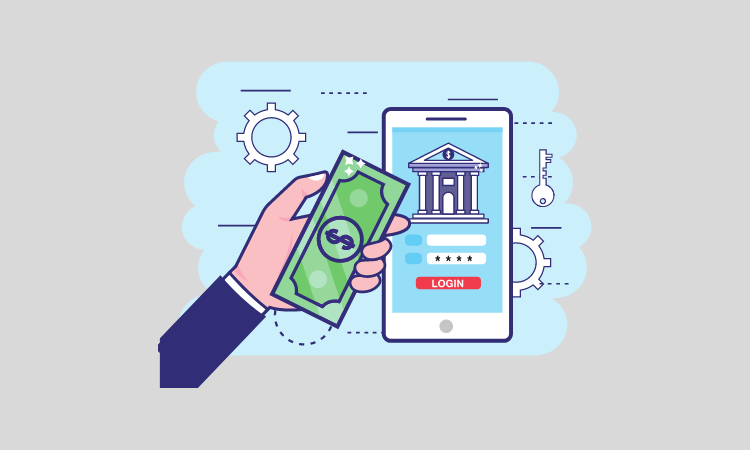Member Exclusive, Podcasts
Inside Cross River’s ecosystem of some of the best fintech brands
- Cross River combines tech and banking to power brands like Affirm, Coinbase, Upstart, Upgrade, and Stripe.
- Chief strategy officer Karan Mehta joined us at The Big Bank Theory Conference to discuss how Cross River’s technology enables the delivery of innovative financial solutions to millions of consumers and businesses.








